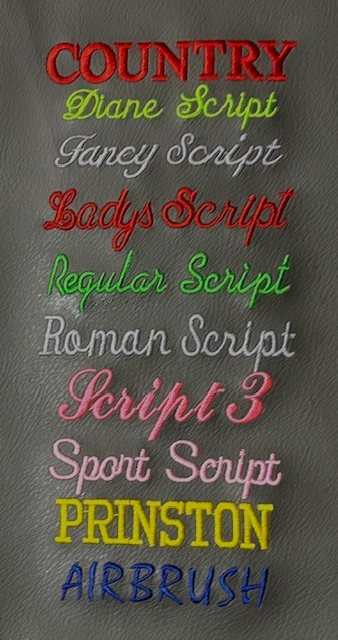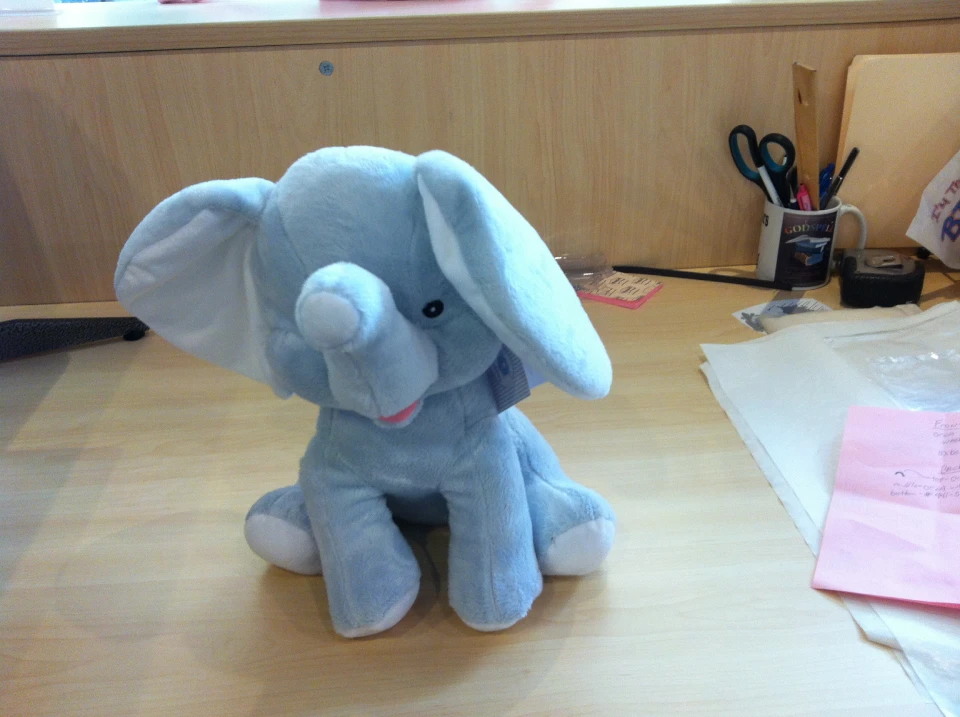The Art of Customized Embroidery: Unlocking the Secrets to Creating Distinct and Memorable Designs
Needlework, a craft soaked in practice and virtuosity, holds within its complex stitches the power to change material into a canvas of unique expression. The secrets to producing customized embroidery layouts that astound the eye and leave a lasting impression hinge on a fragile equilibrium of method, creative thinking, and interest to detail. As we explore the globe of custom embroidery, we reveal the nuanced interaction in between thread choice, stitch complexity, and style personalization that elevates a simple garment to a work of art. Join us on a journey via the art of personalized needlework as we untangle the enigmas behind crafting genuinely extraordinary and distinct productions.
Picking the Right Embroidery Threads
When choosing embroidery strings, what vital factors should you think about to make sure the very best outcomes for your custom styles? The option of embroidery thread is vital in establishing the last outcome of your stitched layout. Among the primary considerations is the material of the thread. Different materials such as cotton, polyester, rayon, and silk use varying levels of sheen, toughness, and structure. It is crucial to pick a string material that complements the fabric you are embroidering on and aligns with the wanted appearance of the layout.
Thicker threads can add dimension and structure to your layout, while finer strings are ideal for elaborate information and tiny message. Additionally, considering the color fastness and washability of the thread is critical to ensure that your customized styles keep their top quality and vibrancy over time.
Discovering Different Stitch Methods
To explore the world of 'Checking out Various Stitch Strategies', one have to grasp the intricacies and nuances that each stitching method brings to the art of needlework. Various stitch strategies not just include visual rate of interest however likewise add to the overall texture and measurement of the layout. One preferred stitch strategy is the satin stitch, which entails carefully jam-packed parallel stitches to create a smooth and shiny surface area, suitable for completing shapes and producing bold outlines.
On the other hand, the backstitch is a functional strategy often made use of for laying out and including fine details. It involves sewing in reverse to produce a strong line of embroidery. Furthermore, the French knot stitch includes a responsive element to designs, perfect for producing textured accents like blossom centers or attractive touches.
Checking out various stitch methods allows embroiderers to have fun with light, shadow, and deepness within their layouts, raising the aesthetic charm and imaginative high quality of their needlework jobs. By understanding different sewing techniques, one can open unlimited opportunities for creating special and memorable personalized embroidery items.
Incorporating Personalized Design Aspects
Having explored the ins and outs of various stitch strategies such as the satin stitch, backstitch, and French knot, the focus now shifts in the direction of including tailored design elements in custom-made needlework jobs. Individualized design elements play a vital function in making needlework tasks truly distinct and unforgettable.
One more means to include personalized layout components is by consisting of symbols or themes that hold special significance to the recipient or reflect their rate of interests and character. For instance, incorporating a favorite flower, animal, or hobby-related icon can make the needlework style a lot more significant and customized. In addition, selecting colors that reverberate with the recipient or align with the desired style can additionally boost the personalization of the embroidery job.
Mastering the Art of Shade Sychronisation

One trick element of color control is comprehending shade theory. This consists of understanding how various colors connect with each other, the feelings they communicate, and just how they can be integrated to create aesthetically appealing layouts. By applying color concept principles, embroiderers can develop harmonious color schemes that improve the total appearance of the layout.
In addition, paying interest to comparison is important in shade coordination. Making use of contrasting colors can assist particular elements of the style pop, boost legibility, and produce an aesthetically dynamic embroidery item. By understanding the art of color sychronisation, embroiderers can boost their designs and produce remarkable pieces that resonate with customers and viewers alike.
Enhancing Structure With Advanced Needlework Stitches

French knots, as an example, are best for including little, elevated dots to your design, simulating the appearance of grains or developing a textured surface area. Bullion knots, on the other hand, can be utilized to produce twisted, ropelike components that include an elegant feel to the embroidery. Seed sewing involves tiny, scattered stitches that can fill out areas with a speckled texture, while turkey work produces cosy, dimensional accents similar to pet fur or foliage. Try out these innovative needlework stitches permits you to push the boundaries of conventional embroidery and create truly unique and visually appealing textures in your layouts.
Final Thought
Finally, the art of custom needlework includes a mix of selecting the ideal strings, exploring numerous stitch methods, including tailored layout components, grasping color sychronisation, and improving structure with sophisticated stitches. By comprehending and executing these crucial elements, embroiderers can develop special and unforgettable designs that showcase their creativity and ability. Embroidery lovers can open the keys to creating beautiful and custom pieces that stand apart and leave a long-term perception.